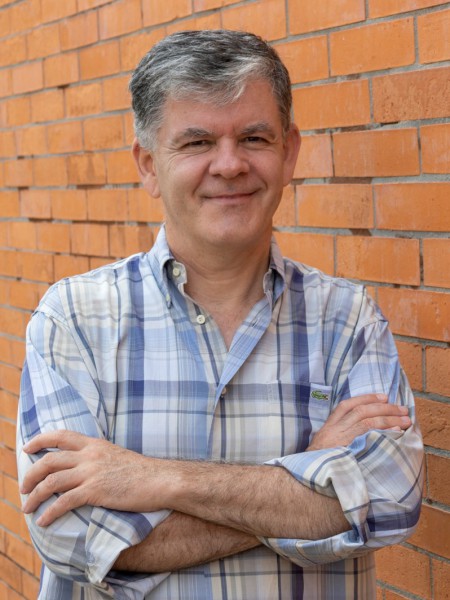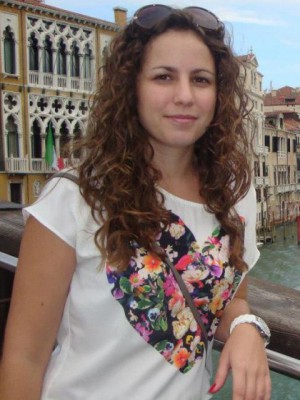resumo
A stricter definition of a deep eutectic solvent (DES) is urgent, so that it may become a sound basis for further developments in this field. This communication aims at contributing to deepening the understanding of eutectic and deep eutectic mixtures concerning their definition, thermodynamic nature and modelling. The glut of literature on DES applications should be followed by a similar effort to address the fundamental questions on their nature. This hopefully would contribute to correct some widespread misconceptions, and help to establish a stringent definition of what a DES is. DES are eutectic mixtures for which the eutectic point temperature should be lower to that of an ideal liquid mixture. To identify and characterize them, their phase diagrams should be known, in order to compare the real temperature depression to that predicted if ideality is assumed, and to define composition ranges for which they are in the liquid state at operating temperatures. It is also shown that hydrogen bonding between the DES components should not be used to define or characterize a DES, since this would describe many ideal mixtures. The future of deep eutectic solvents is quite promising, and we expect that this work will contribute to the efficient design and selection of the best DES for a given application, and to model properties and phase equilibria without which the process design is impractical.
palavras-chave
ACTIVE PHARMACEUTICAL INGREDIENTS; CHOLINE-CHLORIDE; HEAT-CAPACITIES; TRANSDERMAL DELIVERY; ORGANIC-COMPOUNDS; MELTING BEHAVIOR; IONIC LIQUIDS; D-GLUCOSE; SOLVENTS; SOLUBILITY
categoria
Chemistry
autores
Martins, MAR; Pinho, SP; Coutinho, JAP
nossos autores
agradecimentos
This work was developed in the scope of the Project CICECO - Aveiro Institute of Materials, POCI-01-0145-FEDER-007679 (Ref. FCT UID/CTM/50011/2013) and Associate Laboratory LSRE-LCM, POCI-01-0145-FEDER-006984 (Ref. FCT UID/EQU/50020/2013), both financed by national funds through the FCT/MEC and when appropriate co-financed by FEDER under the PT2020 Partnership Agreement. This work is also a result of Project AIProcMat@N2020 - Advanced Industrial Processes and Materials for a Sustainable Northern Region of Portugal 2020, with the reference NORTE-01-0145-FEDER-000006, supported by Norte Portugal Regional Operational Programme (NORTE 2020), under the Portugal 2020 Partnership Agreement, through the European Regional Development Fund (ERDF). FCT is also acknowledged for funding the project DeepBiorefinery (PTDC/AGRTEC/1191/2014). The authors thank Olga Ferreira for fruitful discussions.



